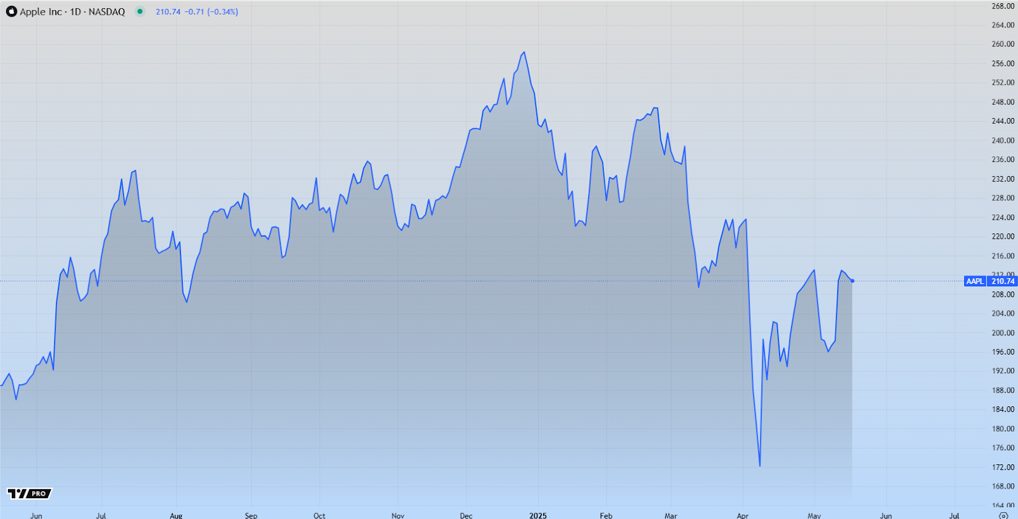Creating a personal weather station at home can make the study of weather a daily and engaging activity leading to a significant improvement in your kid’s geography grades. Some schools require that students set up a personalized weather station at home as their annual projects to enable them to have firsthand experience with scientific tools in addition to developing vital analytical skills.
Nevertheless, if you have weather forecasting enthusiast, you can still assist your kids set up a simple home weather station in your backyard and carry out different analysis pertaining to weather forecasting together with your kid. This will not only improve your kid’s Geography score but also enable you to bond with him/her crucial in parenting. You will also appreciate the little things in life such as weather changes giving you a reason to live.
Setting up a home weather station
A home weather station should be simple and should collect data for normal weather changes such as temperature, rainfall, wind speed and direction, and humidity. While science supply companies readily supply most weather instruments, it may be advisable where possible to create weather tools using readily available materials. For instance, you can cut a recyclable plastic bottle and use it as a rainguage, or you can use a piece of cloth on a post as a wind vane or windsock. However, homemade weather tools will only provide comparative data, not qualitative data.

To achieve accurate data, it is crucial to install the weather station correctly. The personal weather station should be away from trees, buildings, and alleys as they influence weather recordings. Below is a sample installation guide.
- Temperature- Most people go wrong when measuring temperature as they place the thermometer sensor to direct sunlight. The temperature should be measured in a shade with plenty of ventilation rather than direct sunlight. Therefore, a thermometer should be placed inside a well-ventilated louvered shade 5 feet above the ground to allow for free air flow. It can also be positioned 5 feet above the grass surface and at least 50 feet from the nearest pavement and away from direct sunlight.
- Water bodies and plants including trees normally influence Humidity. The humidity sensor should, therefore, be at least 50 feet away from the nearest tree or water body.
- Rain Collector-Should have a horizontal clearance of at least 5 feet with the nearest obstruction not being more than 10 feet tall. It should also be placed 5 feet above the ground with strong support.
- Wind speed and direction- The wind vane and wind sock or anemometer should be 33 feet above the ground. You can also place on an open rooftop 7 feet from the nearest obstruction.
Activities to be Carried Out
After setting up the weather station, both of you should immediately start to gather and record your backyard weather data using a weather station data log. Collect data for the first two weeks preferably at the same time and find out the average temperature, rainfall, and humidity. You can then discuss with your kid concerning changes in specific weather readings from previous days or weeks. Other activities to be carried out include:
- Listen to daily weather announcements and then ascertain if they are correct using the weather station at your backyard.
- Let your kid record daily temperature readings on a graph using pictures and words to discuss the weather condition,
- Ask your kid to come up with a monthly weather report to develop analytical skills. Also, have a general discussion concerning the report. For instance, which day of the month had the highest temperature and why?
- Compare your weather readings with those posted at the school’s website to establish the accuracy of the weather station.
- With your kid, view weather webcams from other cities around the world and compare with your city or area.
To conclude, a personal weather station will certainly improve your kid’s Geography scores in addition to developing an essential bond with your child. Setting up a home weather station should not very complicated since it’s not for research instead monitor daily weather changes. After setting up a weather station, you should sometimes assess your kids’ knowledge of weather tools and what they measure. They may even grow up with a passion for weather forecasting to be the next great weather forecasters or even reporters.




